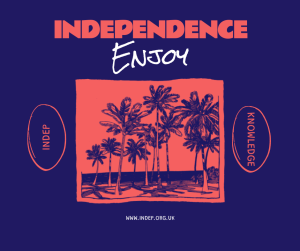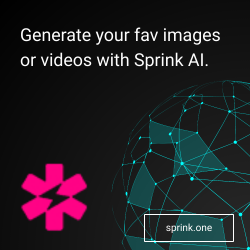Understand the Different Learning Styles
Different people learn differently. Some like to be shown how to do something, others learn better by reading about their chosen topic.
While Vanderbilt University recognizes more than 70 different learning styles, there are actually just 4 main styles that you need to be aware of:
1. Visual (Spatial) Learning Style
The visual learning style is best suited to individuals who like to watch videos and like to see presentations that are embedded with pictures, charts and graphs.
They are learners who learn best by seeing (e.g. through photos, video or PowerPoint presentations).
2. Auditory (Aural) Learning Style
The auditory learning style is best suited to individuals who like to listen to lectures and audio books. These learners find it easy to learn what they hear.
These are learners who learn best by hearing (e.g. through podcasts and audiobooks).
3. Reading/Writing Learning Style
The reading/writing learning style is best suited to — as you’d expect — people who enjoy reading and writing. That’s because the words they read and write become easily imprinted on their minds.
These learners learn best by reading and writing (e.g. through books, magazines and websites).
4. Kinesthetic (Physical) Learning Style
The kinesthetic learning style is best suited to people who like to get “hands on.”
They are learners who learn best by moving and doing (e.g. starting to learn to drive by getting behind the wheel).
Understand the Stages of Learning
The 3 Stages of Learning That Help You Learn Effectively: From the moment we’re born, we’ve been learning new things every day. And without consciously thinking about it, we’ve used at least one of the three stages of learning to gain knowledge and skills. The three stages of learning are:
Stage 1: Cognitive Learning
This style of learning encourages students to use their brains more effectively, by fully engaging in the learning process. For example, a student learning to dance will need constant support from their tutor to show and tell them what they need to do.
Stage 2: Associative Learning
This style of learning happens when two unrelated elements (e.g. ideas, behaviors, sights and sounds) connect in our brains through a mental process known as conditioning. The student dancer has now begun to understand the skills they need and they are starting to see some consistency in their performance.
Stage 3: Autonomous Learning
This style of learning allows learners to gain knowledge through independent efforts and to develop an ability to inquire and evaluate without the need for teachers and mentors.
The student has now become a proficient dancer, and they are able to perform skills with accuracy and consistency. They are also able to concentrate on complex tasks and they have the ability to adapt their performance where needed.
This workbook will help you understand the stages of learning and your current stage of learning, enabling you to improve the way you learn and master the skills you want.
Active Learning
Once you’ve decided on what you want to learn, discovered your learning style and understood the different learning stages, you’ll be ready to move into active learning.
This is where you engage in both practical and theoretical learning, putting you in the best possible position for learning rapidly and successfully.
Let me give you an example to illustrate this process in action:
You want to learn how to play drums, perhaps for fun, perhaps as a potential career — or perhaps both!
Whether you choose to work with a personal drum tutor or learn from books and videos, the key element will be to have access to a drum kit so you can regularly practice and develop your drumming skills. This kit could be in your home or it might be in a rehearsal space that you have access to once or twice a week.
Theory plus practical application is a powerful combination that will help you develop your skills and knowledge in the quickest possible time, whether this is drumming, coding or swimming, etc.
Of course, with the advent of YouTube and online courses, many people nowadays choose to self-learn. This has the benefit of being cheaper and on-demand. In other words, you can learn when and where you want to, rather than having to go to a specific place at a specific time.
This gives you freedom to learn new things without impacting on your current work and social schedules.
If you do choose self-learning, try to at least find a knowledgeable friend to buddy up to ensure that you’re on the right track. For instance, if you’re thinking of taking an online Spanish language class; try to take advantage of any Spanish-speaking friends to test out your conversational skills.



















































